Burning Man: From Anti-Brand Movement to a Big Brand
SEP 27, 2023
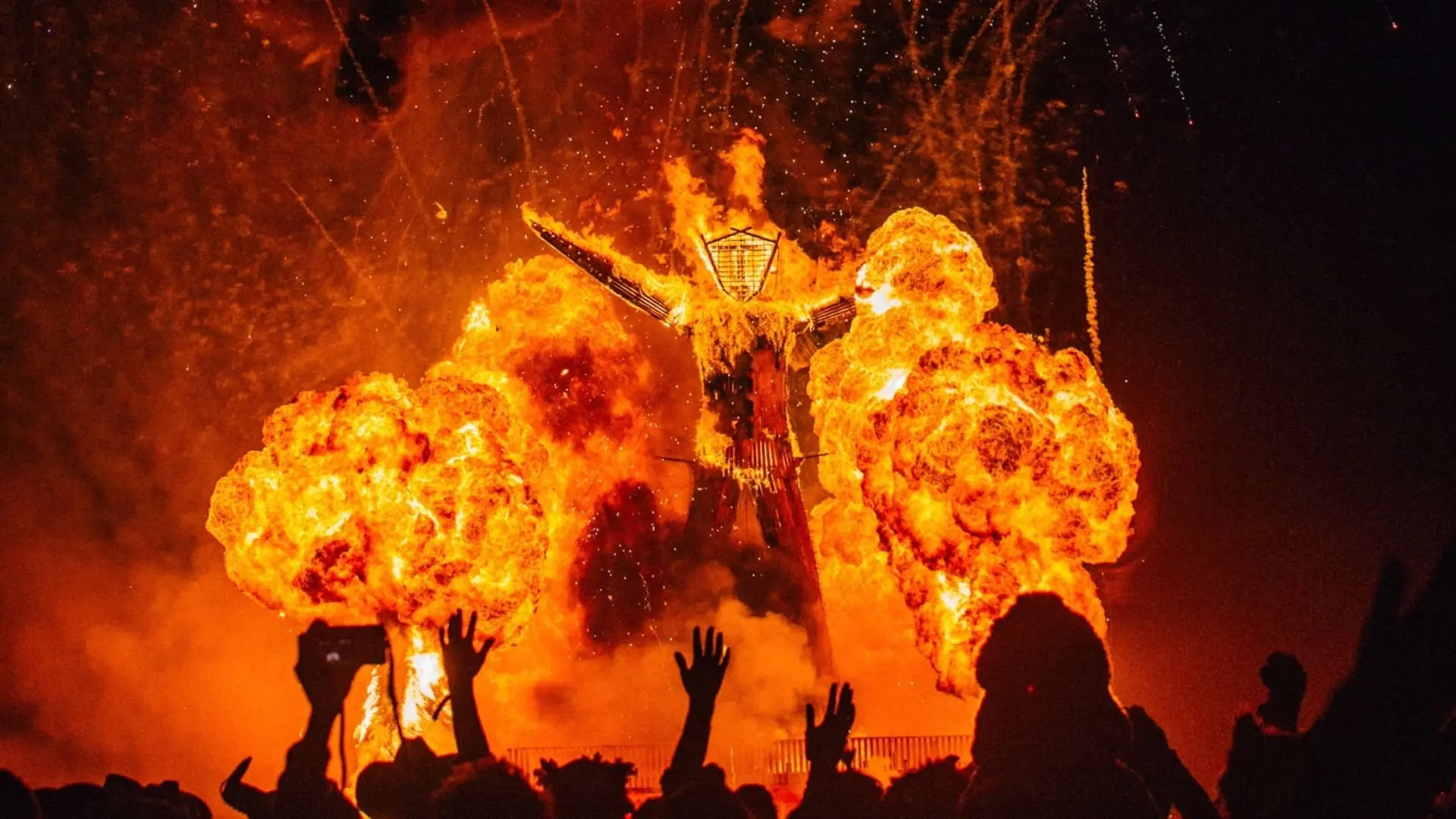
Photo by Galen Oakes
Marketing House explores how Burning Man, which began as an "anti-brand" event, managed to become such a massive brand and delves into how brands surreptitiously infiltrated the event.
Once started as an "anti-brand" event that brought communities together in the Nevada desert, celebrating values of art, freedom, and solidarity, Burning Man has evolved into a major brand over time. However, at its core, this journey contains many intriguing elements that clash with the world of branding and advertising.
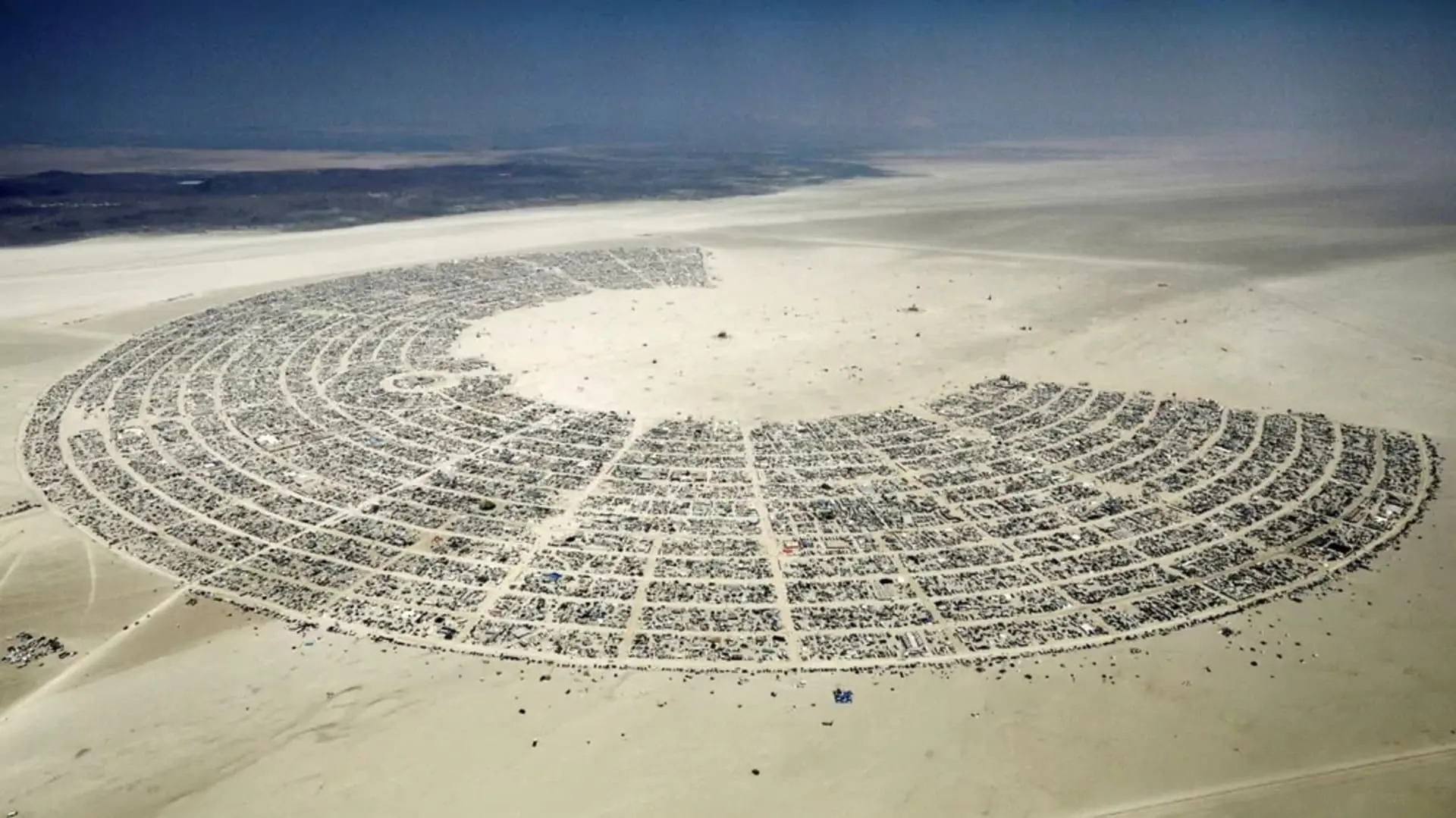
Burning Man: The Anti-Brand Movement
Burning Man, founded by Larry Harvey in 1986, is an event where participants create their own rules and communities. It began as an "anti-brand" movement because it rejected commercial sponsorships, advertising, and all forms of branding. Participants must follow the dress code without a logo. For example, it is not allowed to wear clothes with logos such as Nike, Balenciaga, and H&M. In addition, only coffee and ice can be purchased at the venue. Essentially, this event offers an experience where participants are encouraged to conceal their true identities and avoid materialistic values and consumption habits.
Burning Man stands out as an event that celebrates the ten core principles of the anti-brand movement. These principles include radical inclusion, gifting, decommodification, radical self-reliance, radical self-expression, communal effort, civic responsibility, leaving no trace, participation, and immediacy. Yearly, attendees affirm that the 10 Principles are indispensable in shaping an authentic Burning Man experience. In 2022, the demographic makeup of Burning Man participants comprised 54.3% male, 43.6% female, and 2.1% identifying with other genders, with an average age of 37. The average age of participants has been steadily rising, with nearly 50% of these individuals expressing that their inspiration to volunteer, contribute, or engage more deeply was sparked during their time at Black Rock City.
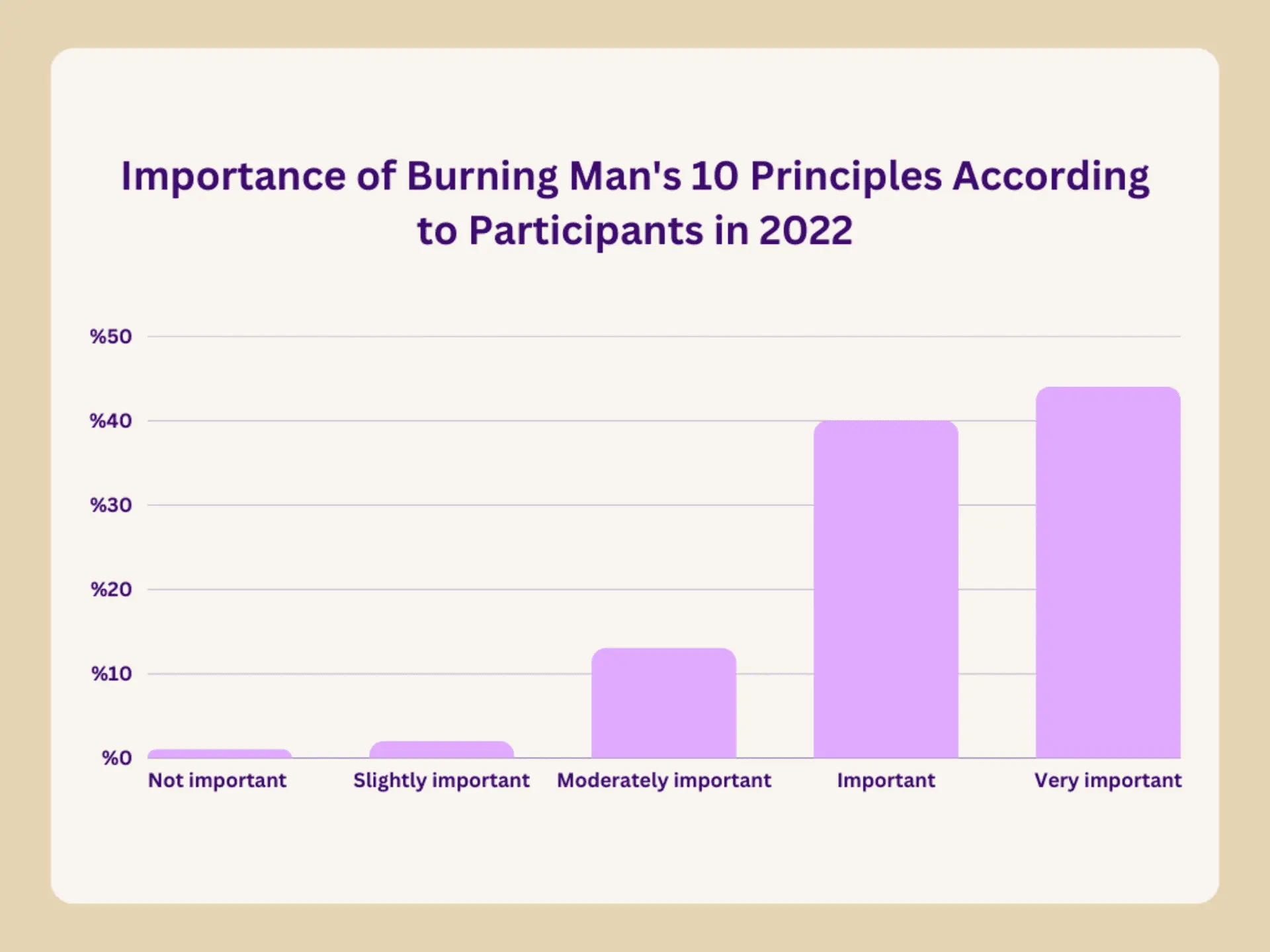
Burning Man has become a big brand over time. So, how did this happen?
1. Community and Experience-Centric Approach
Burning Man has continued to remain fundamentally a community event. Participants form a community that creates and shares experiences. This experience-centric approach allowed the event to maintain its status as an "anti-brand" movement while strengthening itself as a brand.
2. Unique Opportunities
Burning Man offers participants an experience that is unparalleled anywhere else in the world. Set in a temporary city in the deserts, where art, music, performing arts, and creativity converge, the event offers a unique experience. This uniqueness drew the attention of participants and the media, making the event more appealing as a brand.
3. Social Media and Media Attention
Burning Man grew with the help of social media and extensive media coverage. Participants shared the event on social media platforms, and media outlets covered stories about Burning Man, spreading its name to a wider audience. This further increased the event's popularity.
Infiltration by Brands
Despite its origins as an "anti-brand" movement, some brands subtly infiltrated Burning Man. One of the most effective examples is Krug Champagne. Krug, the luxury champagne house, orchestrated a covert marketing move at the 2011 Burning Man event by hosting an extravagant dinner party and strategically inviting media, bloggers, and photographers to gain extensive coverage. Using paid photographers who posed as independent observers, Krug successfully flew under the radar, secured media attention for their dinner, and even managed to publish product placement articles, effectively infiltrating Burning Man.
Over time instead of traditional advertising methods like sponsorships and product placements, brands began participating in the event with an experience-centric approach. This stirred controversy among some participants who felt that the event was becoming commercialized.
Burning Man's experience shows that brands can build themselves through experiences, not just advertising. Marketing House closely follows the Burning Man experience and inspires brands to grow sustainably and ethically.
BLOGS

Understanding Your Audience: How Consumer Insights Drive Successful Marketing Strategies
APR 15, 2024
In today's fiercely competitive marketing landscape, Marketing House underscores the paramount significance of deeply comprehending your target audience.
View More

Neuralink's Breakthrough Brain-Chip Interface Redefines Human Potential
APR 01, 2024
Marketing House highlights that Elon Musk's groundbreaking venture, Neuralink, has reached a significant milestone in neurotechnology. Recently, the company showcased a remarkable demonstration where a paralyzed individual, Noland Arbaugh, played online chess using only the power of his thoughts.
View More

Addressing the Impact of AI on the US Workforce: A Call to Action
MAR 14, 2024
Marketing House dives into the ways the American workforce is being impacted by artificial intelligence. Current applications of AI in the workplace address workers' concerns and anticipated impacts.
View More
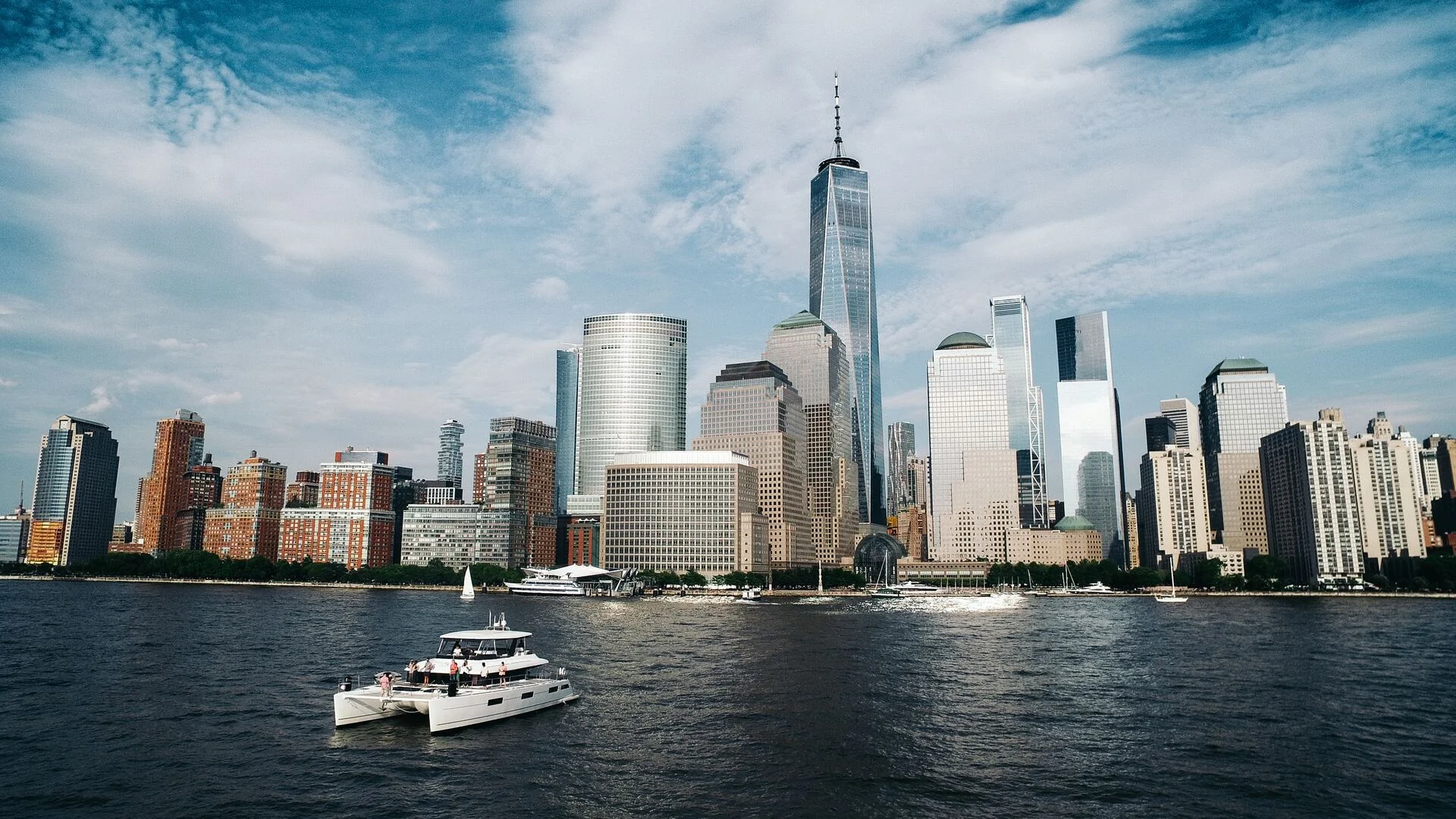
Navigating the Tech Frontier: 2023 New York Global Innovation Summit
DEC 19, 2023
Marketing House sheds light on the 2023 New York Global Innovation Summit, a sign of visionary leadership, which took place on December 12 with a series of thought-provoking sessions led by leading industry figures.
View More
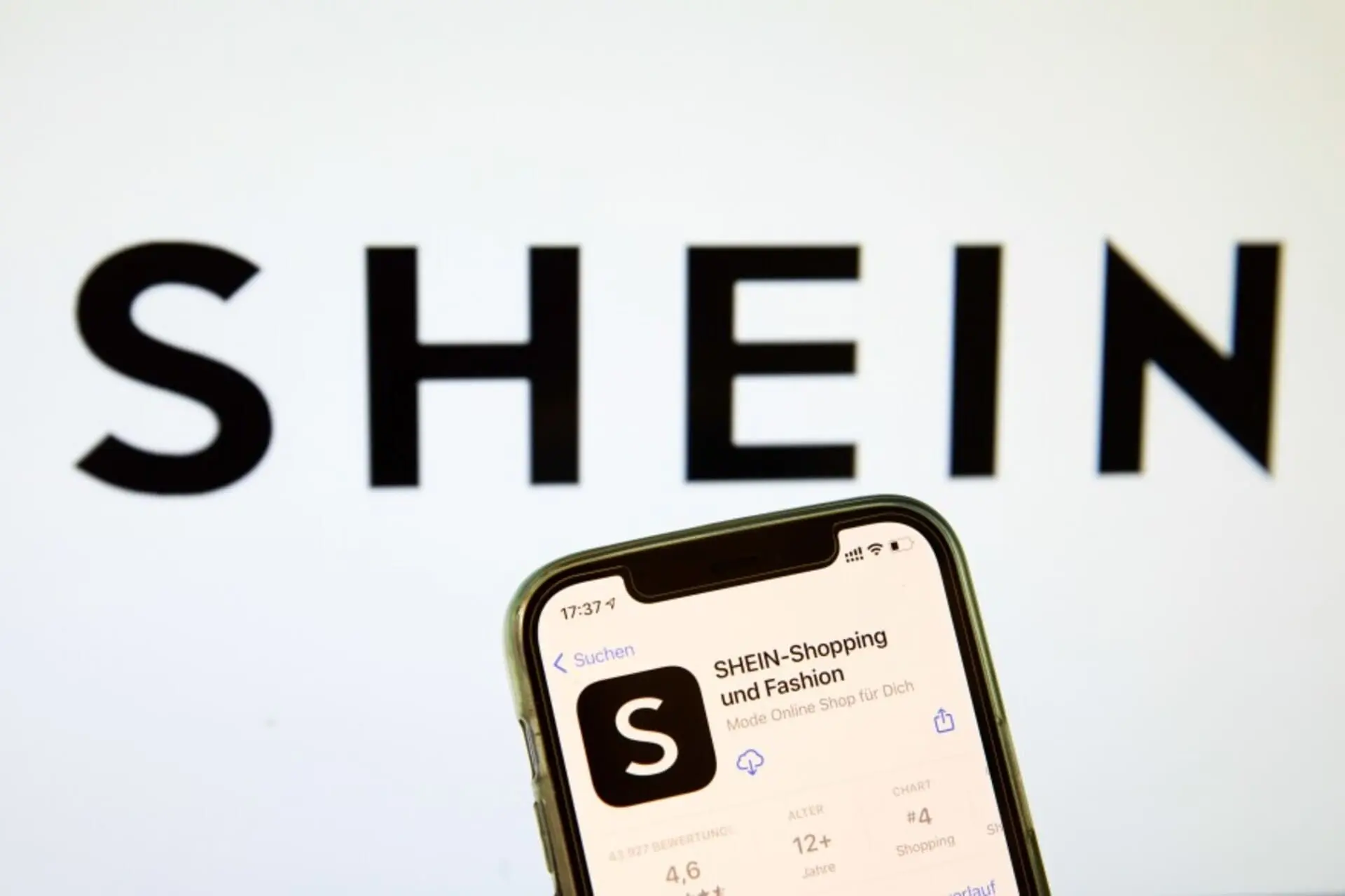
Shein and Forever 21 Announce Strategic Collaboration to Expand Market Reach
NOV 02, 2023
Marketing House is excited to unveil a pivotal development in the fast fashion industry. Shein, recognized as the global leader in fast fashion, has taken a strategic and innovative step to strengthen its market position while addressing critical concerns in the United States by forming a strategic alliance with its primary rival, Forever 21.
View More
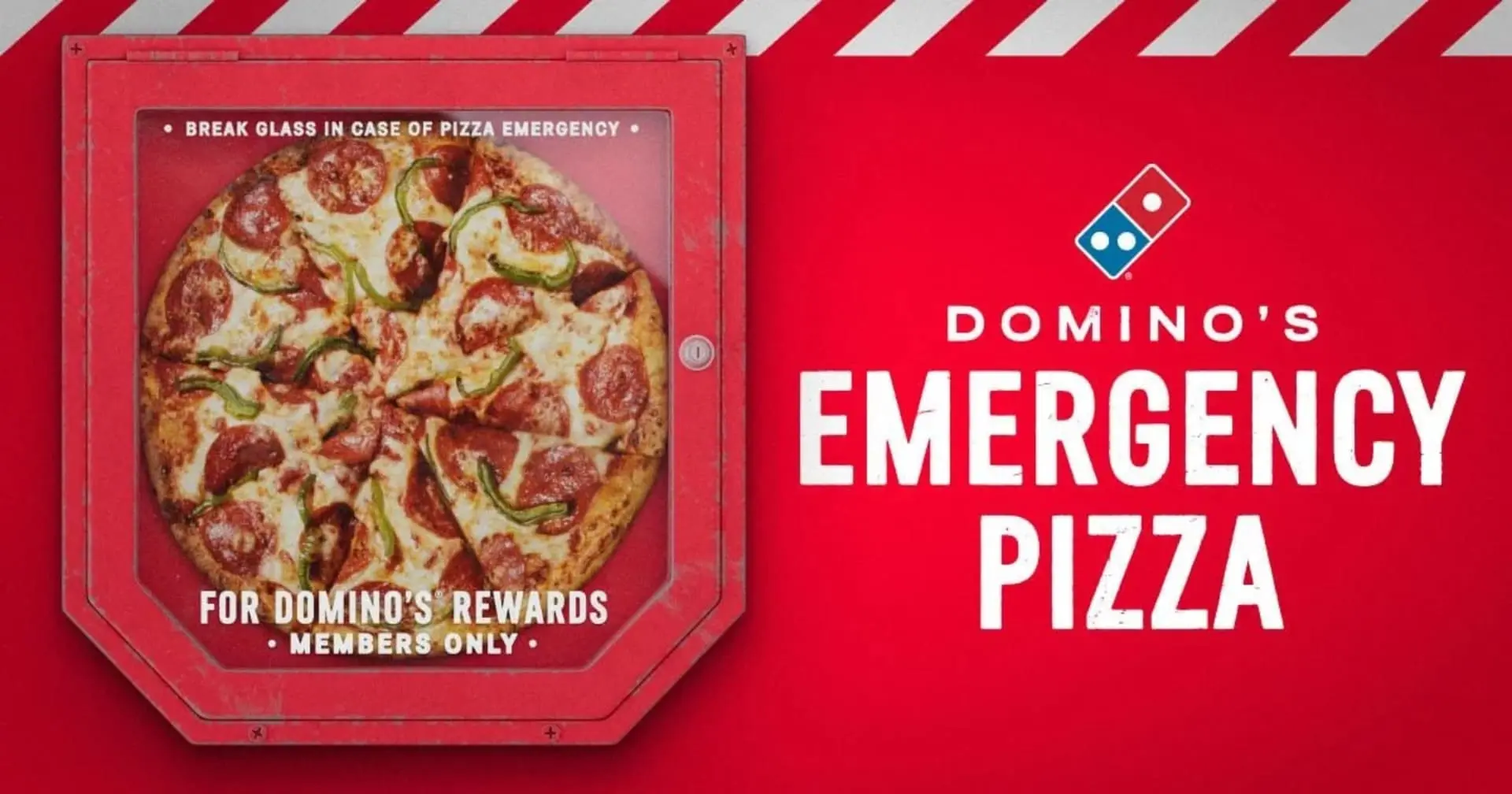
Domino's Introduces "Emergency Pizza" Program, Offering Free Pizzas in Times of Need
OCT 27, 2023
Marketing House introduces Domino's latest initiative, the "Domino's Emergency Pizza" program, designed to provide customers with a free pizza when they need it most, by the world's largest pizza company, Domino's, and evaluates the marketing campaign step by step.
View More
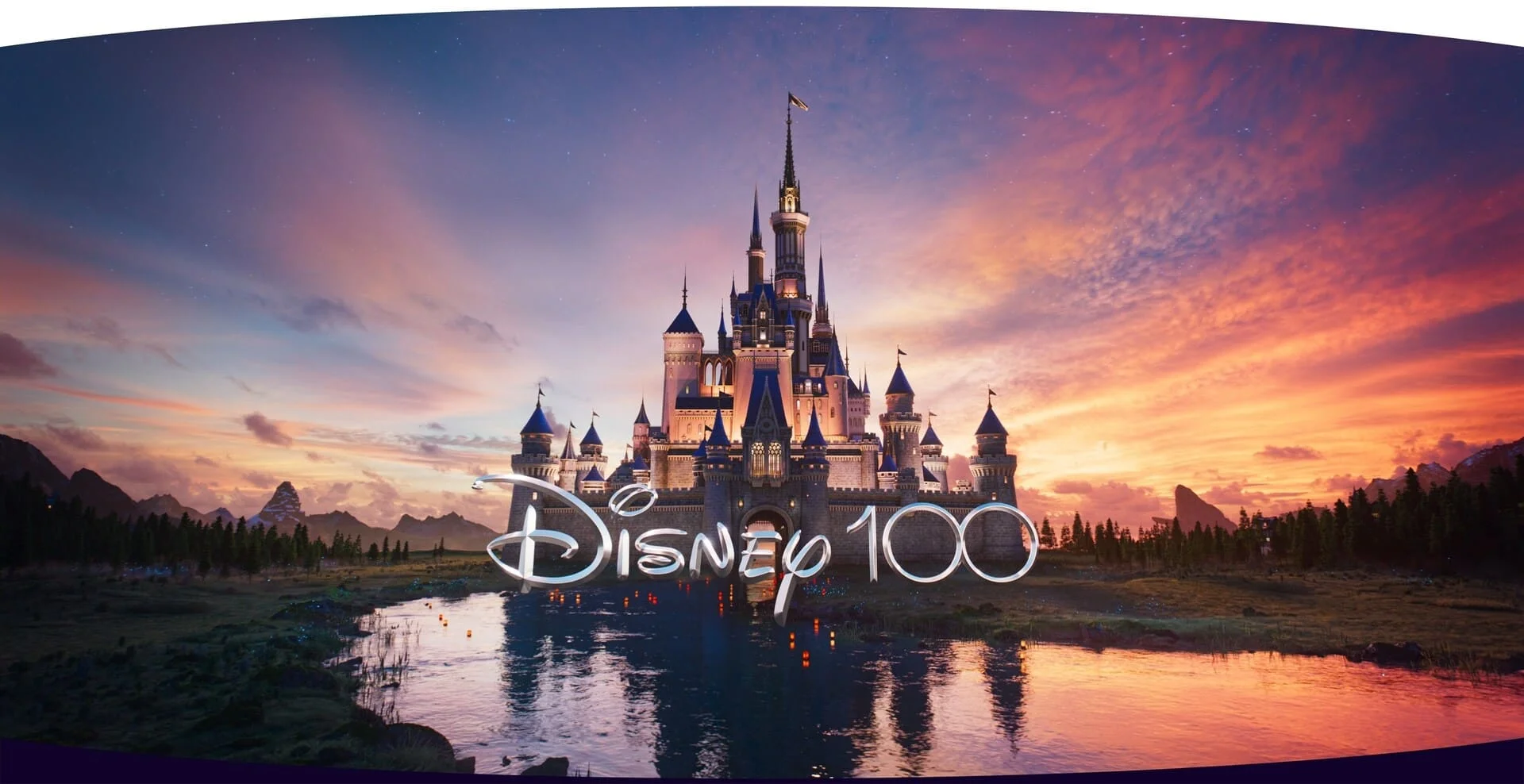
Disney Celebrates Its 100th Anniversary: A Century of Magic and Marketing Success
OCT 20, 2023
Marketing House is proud to cast a spotlight on Disney's remarkable marketing journey as the beloved brand joyfully celebrates its 100th year. This significant milestone signifies not only a century of enchanting storytelling but also serves as a tribute to the exceptional marketing campaigns that have consistently set new standards in the industry.
View More

Connect 2023: Meta's Exciting AI Developments
OCT 11, 2023
Marketing House sheds light on Meta's unveiling of an extraordinary array of AI-driven features and collaborative initiatives at its Connect 2023 conference. Building upon its partnership with Microsoft Bing, Meta is revolutionizing the user experience across its family of apps and devices.
View More
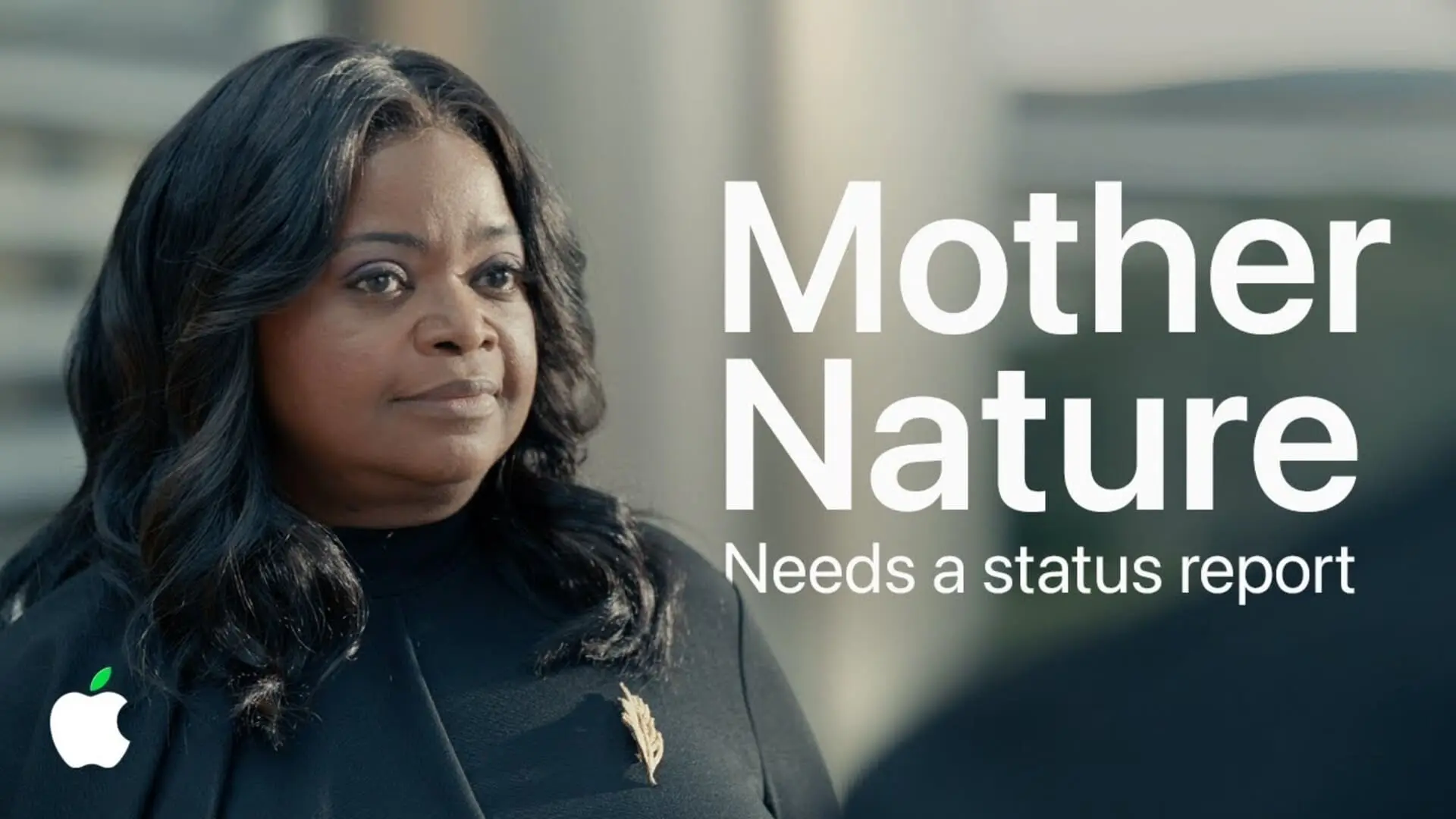
Apple's "Mother Nature Status Report" Revolutionizes Sustainability Reporting
OCT 04, 2023
In an era where traditional sustainability reports often go unnoticed, Marketing House is sharing how Apple's "Mother Nature Status Report" video sets a new standard in sustainability reporting, breaking norms by bringing transparency and engagement to the forefront.
View More

Burning Man: From Anti-Brand Movement to a Big Brand
SEP 27, 2023
Marketing House explores how Burning Man, which began as an "anti-brand" event, managed to become such a massive brand and delves into how brands surreptitiously infiltrated the event.
View More
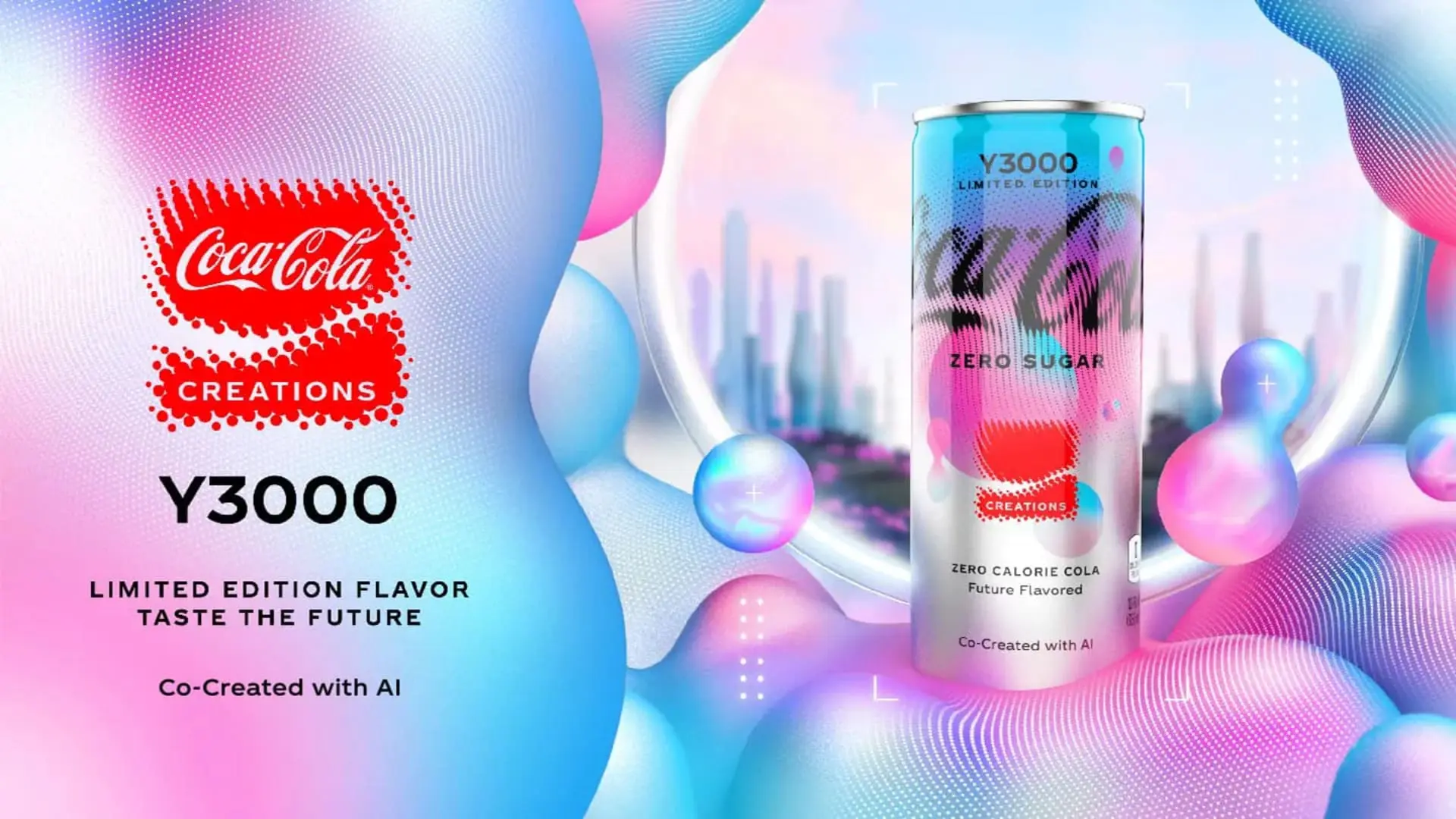
Coca-Cola Y3000: A Marketing Revolution Fueled by AI Innovation
SEP 20, 2023
Marketing House closely monitors Coca-Cola's innovative marketing campaign as Coca-Cola Y3000, a limited edition AI-created beverage, is introduced, transforming the soft drink industry with the message: 'Experience the Future of Flavor.'
View More
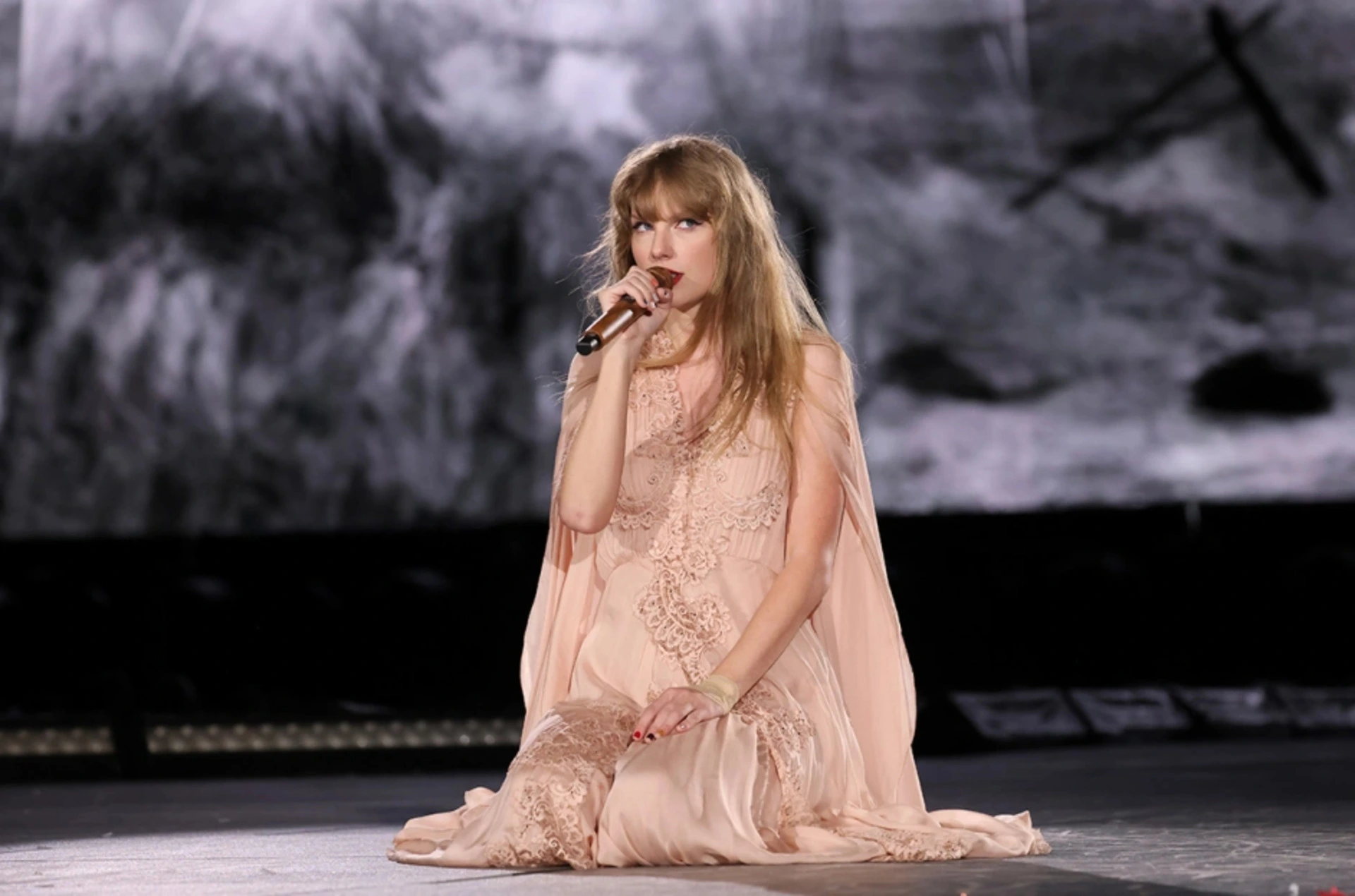
From Stage to Screen: Taylor Swift's Epic 'Eras Tour' Concert Film Debuts
SEP 15, 2023
Marketing House proudly recognizes the highly anticipated release of Taylor Swift's "Eras Tour" concert film in theaters on October 13, 2023, marking a strategic move that catapults Taylor Swift to new heights of marketing success and global recognition.
View More

TikTok Introduces Game-Changing Search Ads Toggle for Marketers
SEP 08, 2023
Marketing House welcomes you to the era of TikTok Search Ads Toggle, revolutionizing brand connections with younger audiences in social media advertising.
View More
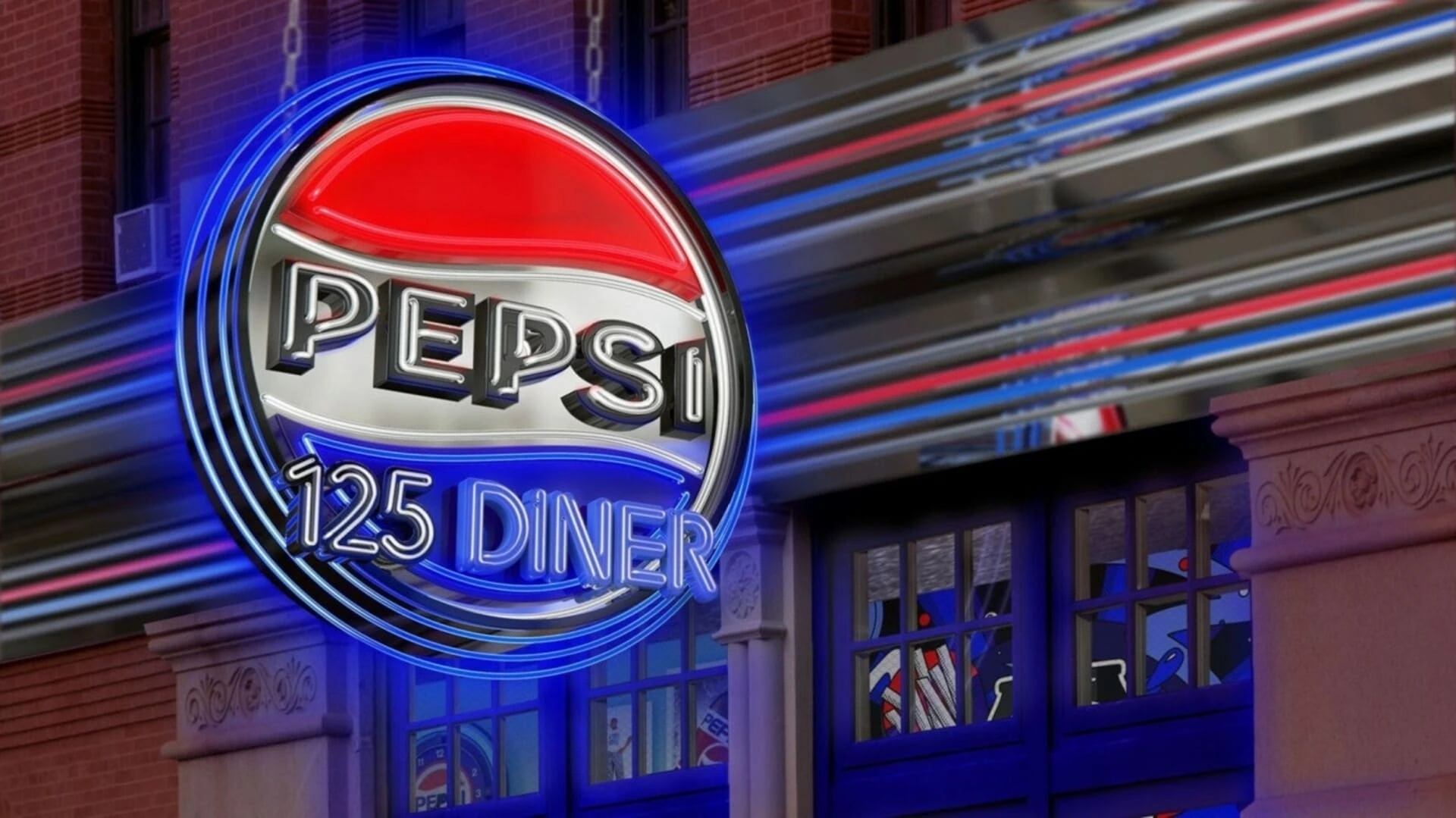
Pepsi Marks a Remarkable 125 Years with a Spectacular 125-Day Celebration
AUG 31, 2023
Marketing House New York has released a news statement highlighting Pepsi's momentous plans for commemorating its 125th anniversary.
View More
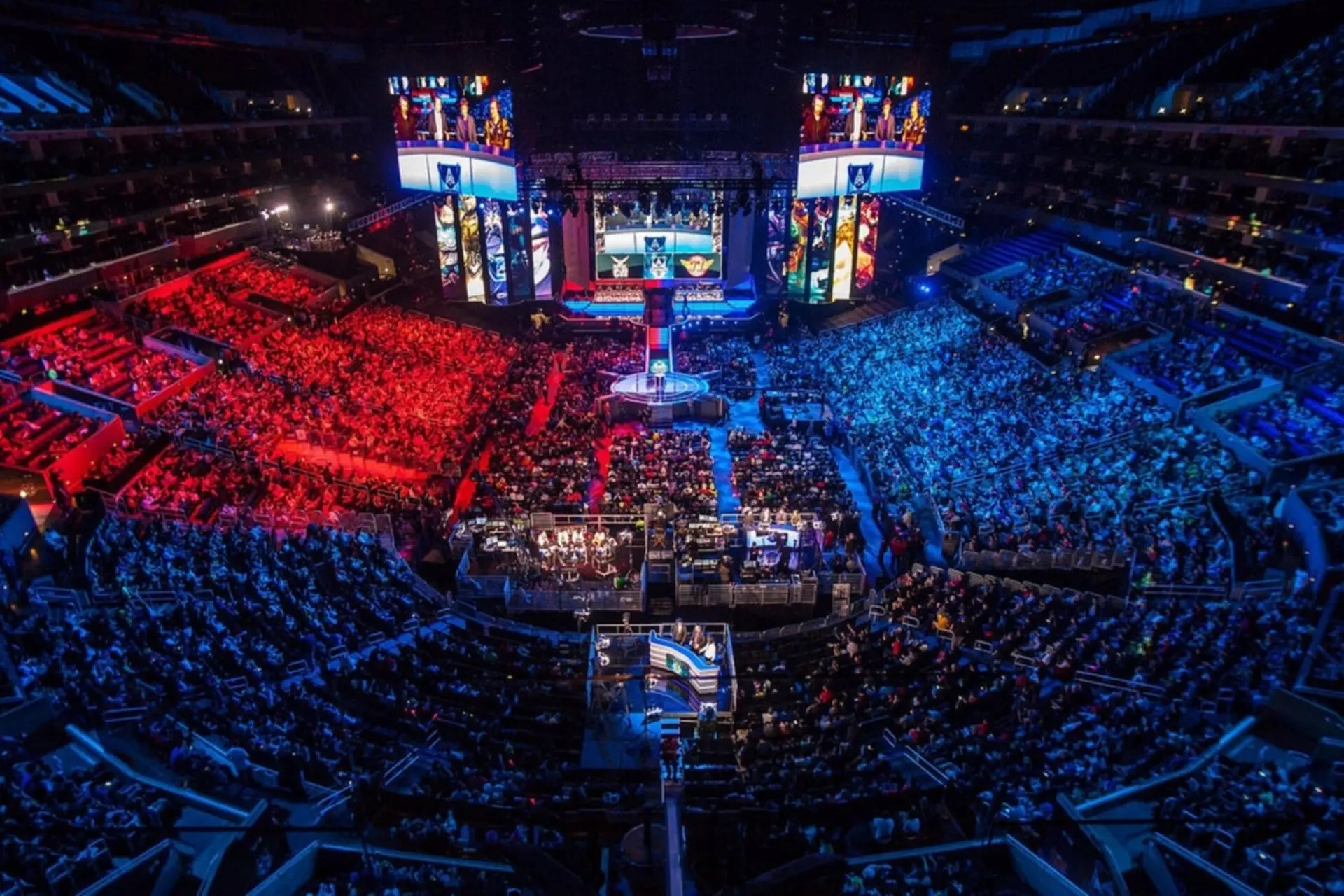
The Esports Olympics Debate: Bridging the Gap Between Pixels and Podiums
AUG 22, 2023
Marketing House New York tackled one of the most intriguing and controversial topics in modern sports. "Should esports be included in the Olympics?" brought a fresh perspective to the debate.
View More
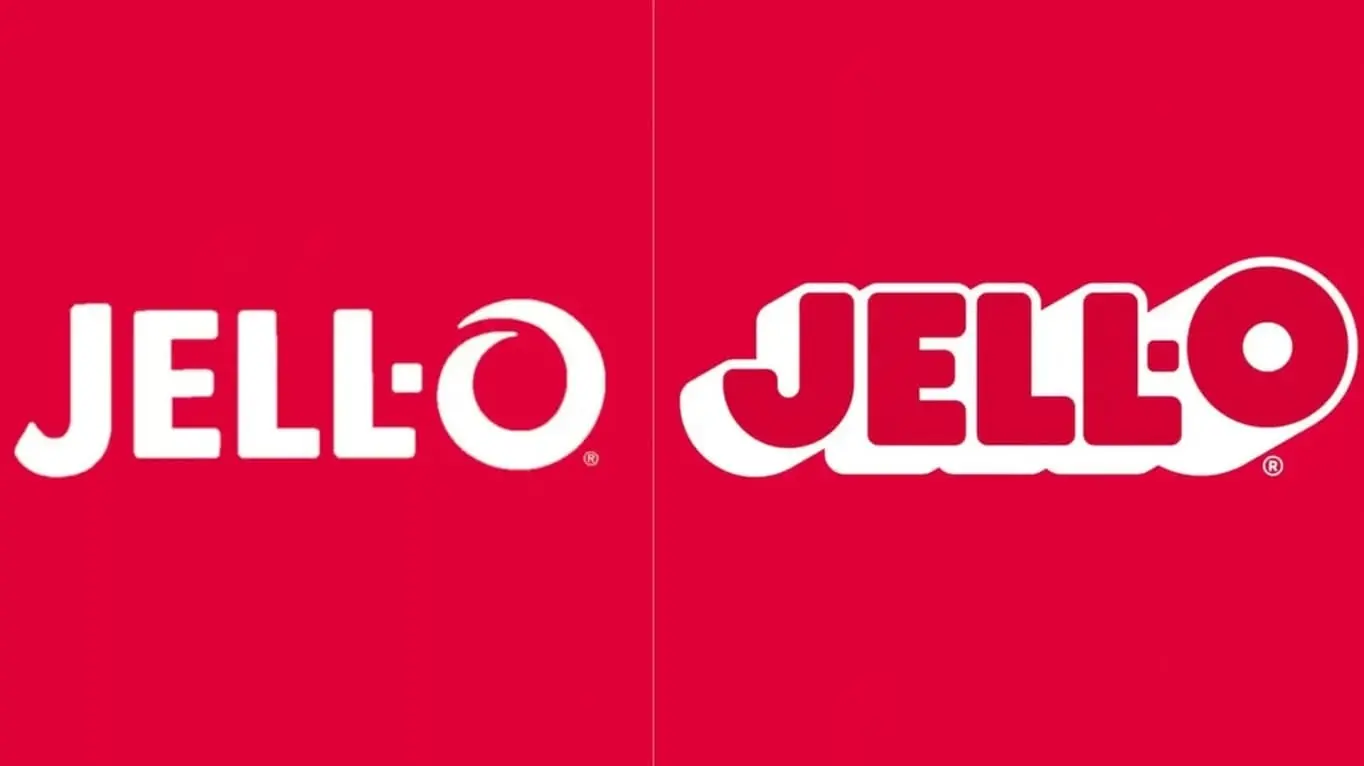
Jell-O's Vibrant Brand Revamp: A Colorful Look for a New Generation
AUG 15, 2023
Marketing House presents an analysis report about brands' digital transformation, the mistakes the brands tend to commit during the transformation process, and what should be provided during the digital transformation according to Marketing House experts.
View More

The New Revolution of the Fast Food Industry: Artificial Intelligence
AUG 08, 2023
Marketing House New York conducted research on artificial intelligence tools used in restaurants in the USA and analyzed their usage among various brands in the industry. This research aims to foresee the potential impact of AI implementation on the restaurant industry in the future.
View More
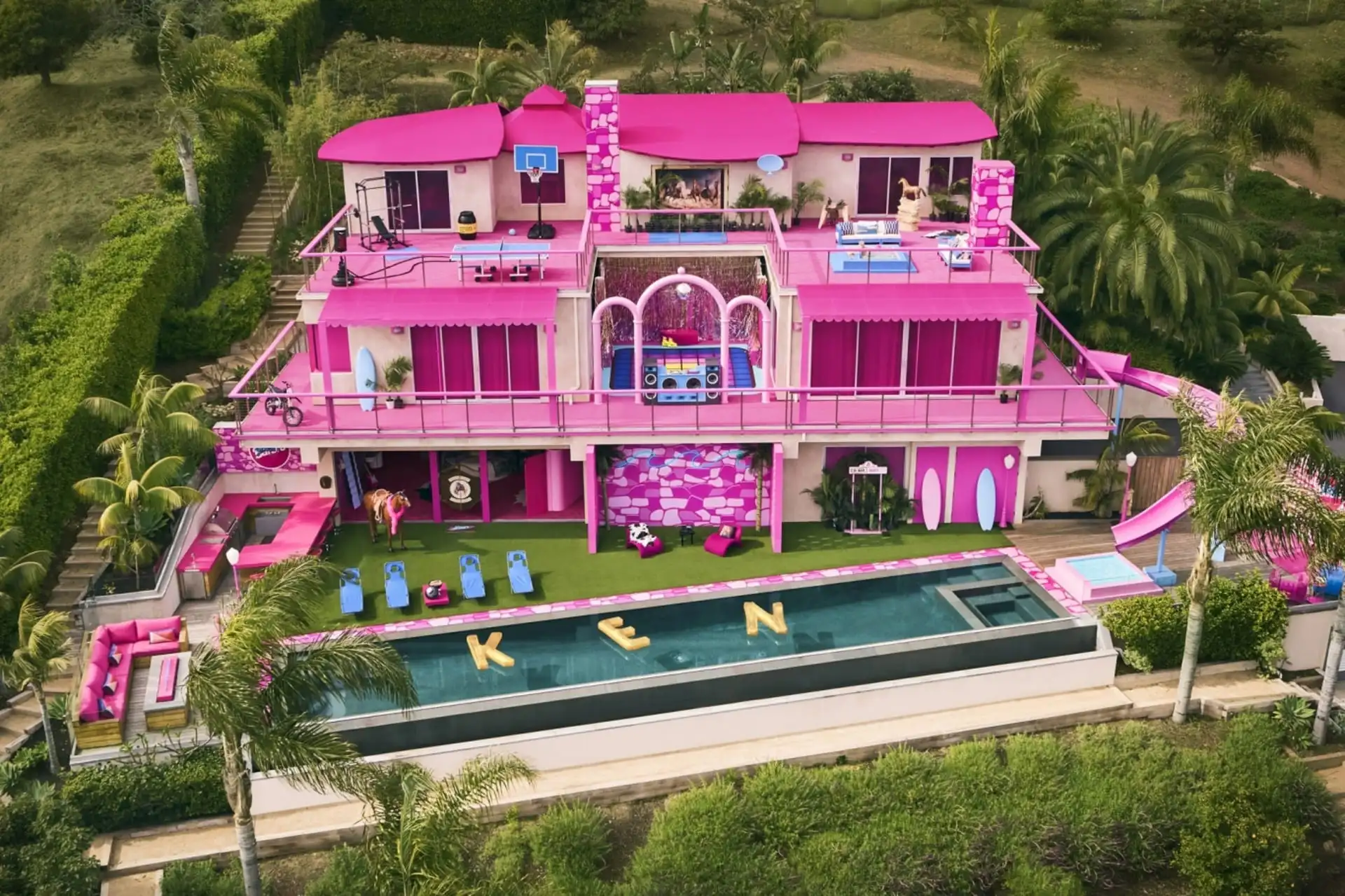
Barbie's Trailblazing Global Marketing Story
AUG 01, 2023
Marketing House New York focused on how the Barbie craze has influenced the whole world, what is missing in the marketing efforts, and what can be done to eliminate the gender perception and conduct a more effective marketing effort.
View More
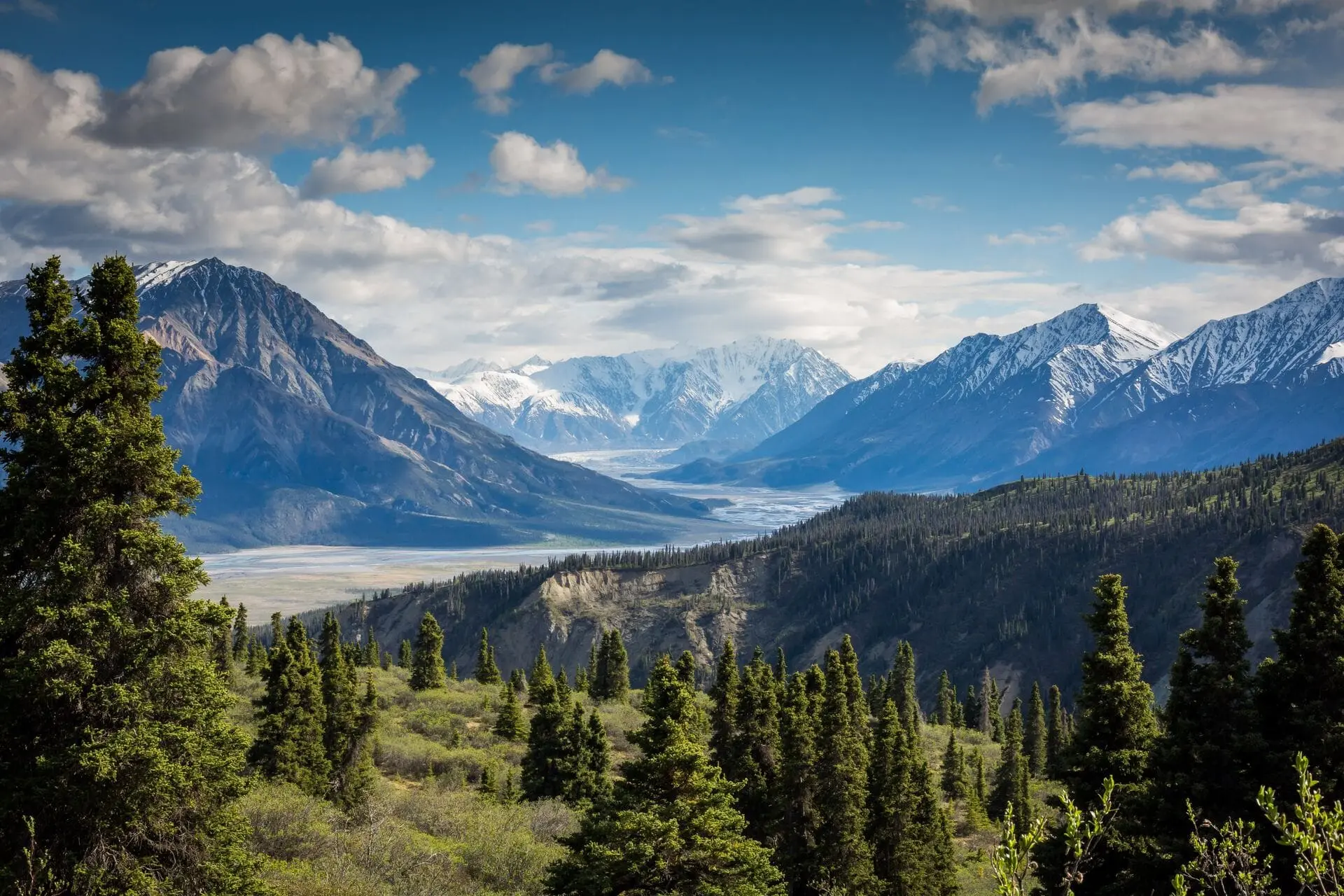
Tourism & Destination Marketing
JUL 25, 2023
Marketing House New York is delighted to present a press release showcasing various tourist exploring destinations worldwide, tourist numbers, the most preferred regions, per capita tourist revenue, the countries that attracted the highest number of tourists in 2022, and the emerging popular destinations in today's world.
View More
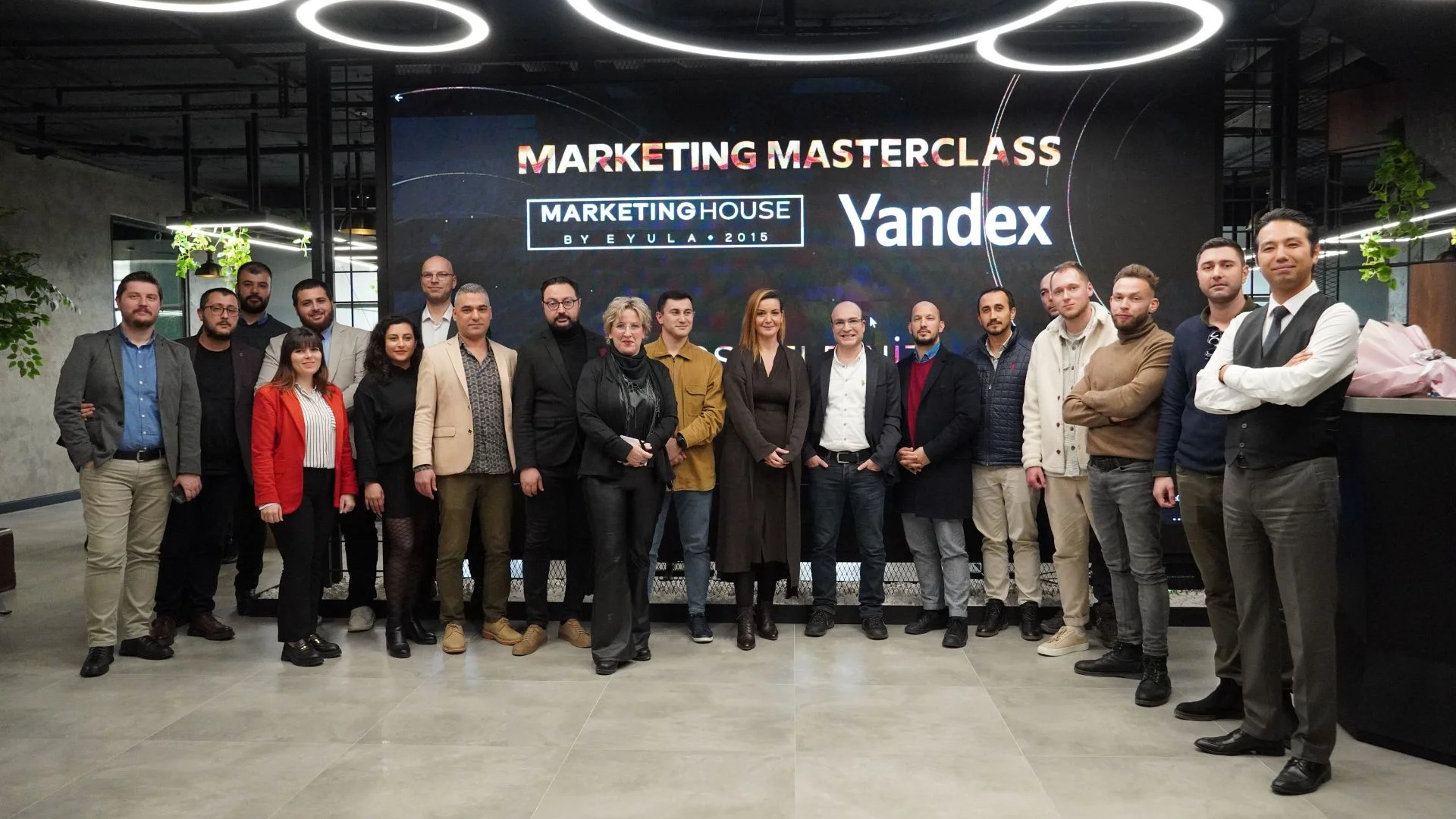
YANDEX MASTERCLASS
MASTERCLASS SERIES - FEB 03, 2023
We delivered comprehensive insights to our guests, highlighting Yandex's diverse product range, with a special focus on Yandex Direct.
View More

SLETAT MARKETING DAY
MASTERCLASS SERIES - APR 01, 2023
A deep dive into innovative marketing strategies and opportunities for tourism industry in partnership with Sletat.ru
View More

GOOGLE MARKETING PLATFORM DAY
GOOGLE MARKETING PLATFORM DAY - APR 01, 2023
Making its debut in Antalya, Turkey, the inaugural Google Marketing Platform Days event was brought to life through the backing of Umi Capital Holding and Selectum Hotels.
View More
